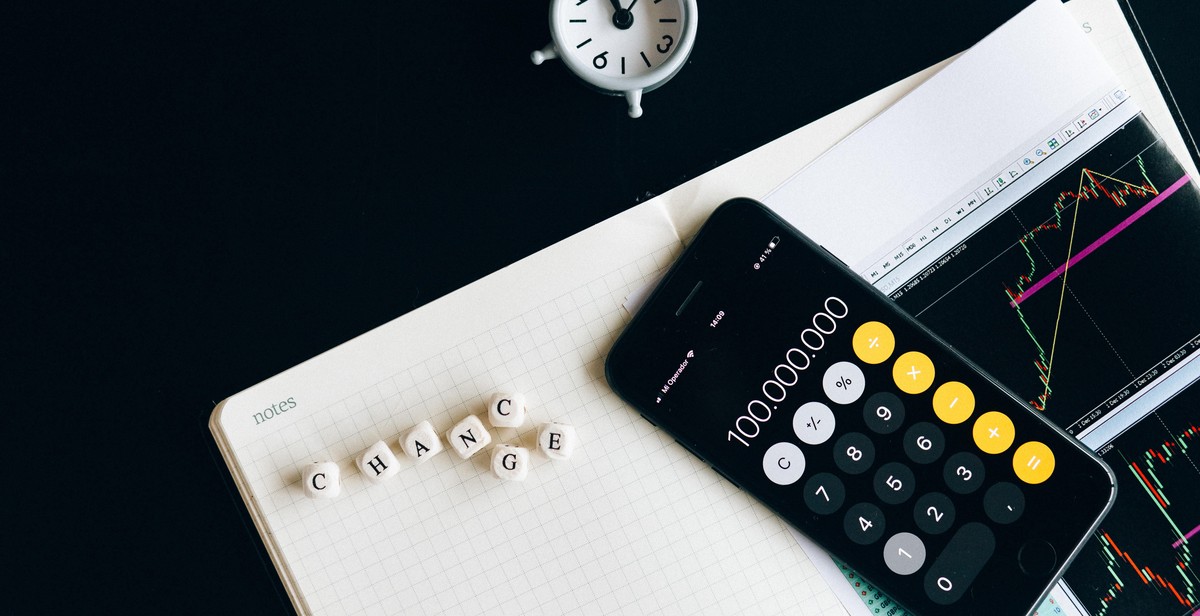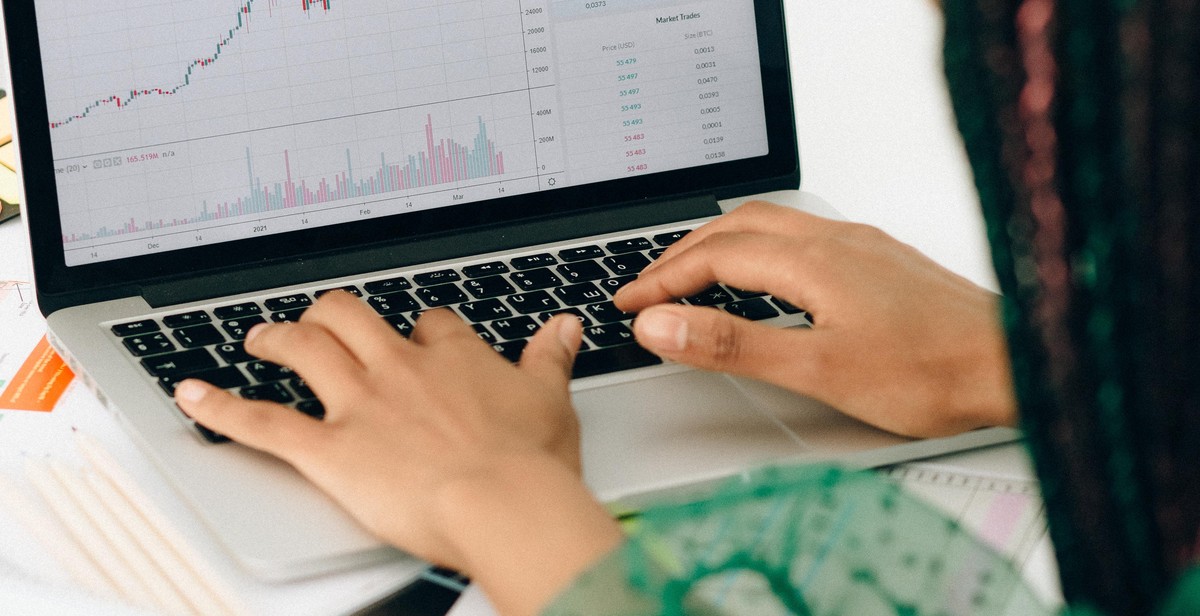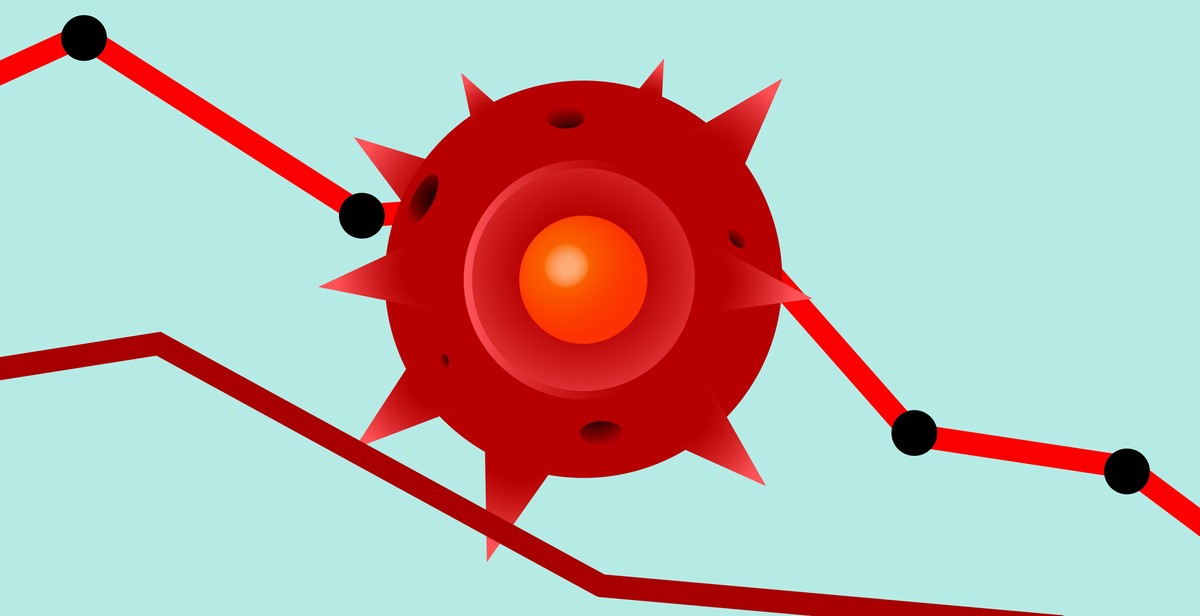How to Analyze Economic Data: Interpreting Key Indicators and Trends
As a professional article writer and content creator, I have had extensive experience in analyzing economic data and interpreting key indicators and trends. Economic data is essential in understanding the overall health of the economy and making informed decisions in various fields, including finance, business, and politics.
However, analyzing economic data can be overwhelming, especially for individuals who are not familiar with the jargon and technical terms used in the field. In this article, I will provide a comprehensive guide on how to analyze economic data and interpret key indicators and trends.
The Importance of Economic Data Analysis
Economic data analysis is crucial in understanding the current state of the economy, identifying trends, and predicting future economic developments. By analyzing economic data, individuals can make informed decisions in various fields, including:
- Investing in the stock market
- Setting business strategies
- Making public policy decisions
In this article, I will focus on the key economic indicators and trends that individuals should pay attention to when analyzing economic data.
My Personal Experience
Throughout my career as a content creator and article writer, I have written extensively on economic data analysis and interpretation. I have also worked with various organizations in analyzing economic data and providing insights on key economic indicators and trends.
My experience has given me a deep understanding of the importance of economic data analysis and interpretation and the challenges that individuals face when analyzing economic data. In this article, I will share my expertise and provide practical tips on how to analyze economic data effectively.

Understanding Economic Data
Economic data refers to statistical information that provides insight into the performance of an economy. It is used to measure the health of a country’s economy and to identify trends that can help businesses and policymakers make informed decisions. Economic data is collected, analyzed, and disseminated by various organizations, including government agencies, research institutions, and private companies.
Types of Economic Data
Economic data can be classified into two main types: macroeconomic and microeconomic data. Macroeconomic data provides an overview of the entire economy, while microeconomic data focuses on specific industries or sectors.
Examples of macroeconomic data include gross domestic product (GDP), inflation rate, unemployment rate, and trade balance. Microeconomic data, on the other hand, includes data on consumer spending, industrial production, and retail sales.
Sources of Economic Data
There are various sources of economic data, including:
- Government agencies: Government agencies such as the Bureau of Labor Statistics, the Federal Reserve, and the Department of Commerce collect and publish economic data on a regular basis.
- International organizations: Organizations such as the International Monetary Fund and the World Bank also collect and publish economic data for countries around the world.
- Private companies: Private companies such as credit rating agencies and financial institutions also provide economic data.
Economic data can be accessed through various channels, including websites, reports, and databases. It is important to ensure that the data is from a reliable source and that it is up-to-date.
| Macro Data | Micro Data |
|---|---|
| Gross Domestic Product (GDP) | Retail Sales |
| Inflation Rate | Consumer Spending |
| Unemployment Rate | Industrial Production |
| Trade Balance |
Overall, economic data is an essential tool for businesses and policymakers to analyze and understand the performance of an economy. By interpreting key indicators and trends, they can make informed decisions that can have a significant impact on the economy.

Key Economic Indicators
When it comes to analyzing economic data, there are several key indicators that you should pay attention to. These indicators can provide valuable insights into the health of the economy and help you make informed decisions about your investments or business strategy. Here are the five most important economic indicators to keep an eye on:
Gross Domestic Product (GDP)
GDP measures the total value of goods and services produced within a country’s borders during a specific period. It is considered the most comprehensive measure of a country’s economic activity and is often used to gauge the overall health of the economy. A high GDP growth rate is generally seen as a positive indicator, while a low or negative growth rate can indicate a recession or economic slowdown.
Inflation Rates
Inflation measures the rate at which prices for goods and services are increasing over time. A low and stable inflation rate is generally considered a positive sign of a healthy economy, while high inflation can lead to decreased purchasing power and economic instability.
Unemployment Rates
The unemployment rate measures the percentage of people who are actively seeking employment but are unable to find work. A low unemployment rate is generally seen as a positive indicator of a strong economy, while a high unemployment rate can indicate economic downturn or recession.
Consumer Confidence Index
The Consumer Confidence Index measures how optimistic or pessimistic consumers are about the state of the economy. A high consumer confidence index is generally seen as a positive indicator of a strong economy, while a low index can indicate economic uncertainty or pessimism.
Interest Rates
Interest rates are set by central banks and affect the cost of borrowing and lending money. Low interest rates can stimulate economic growth by making borrowing cheaper, while high interest rates can slow down economic growth by making borrowing more expensive.
| Economic Indicator | What it Measures | Positive Indicator | Negative Indicator |
|---|---|---|---|
| GDP | Total value of goods and services produced within a country’s borders during a specific period | High growth rate | Low or negative growth rate |
| Inflation Rates | Rate at which prices for goods and services are increasing over time | Low and stable | High and unstable |
| Unemployment Rates | Percentage of people who are actively seeking employment but are unable to find work | Low rate | High rate |
| Consumer Confidence Index | Measures how optimistic or pessimistic consumers are about the state of the economy | High index | Low index |
| Interest Rates | Affect the cost of borrowing and lending money | Low rates | High rates |

Interpreting Economic Data
Interpreting economic data is a key skill for investors, policymakers, and business leaders. Understanding key indicators and trends can help you make informed decisions and anticipate future changes in the economy. Here are some tips for interpreting economic data:
Trends and Patterns
One of the most important aspects of interpreting economic data is identifying trends and patterns. This involves looking at historical data and identifying changes over time. For example, if you are analyzing GDP data, you might look for trends in growth rates over the past decade. Similarly, if you are analyzing employment data, you might look for patterns in sector-specific job growth.
When analyzing trends and patterns, it’s important to consider the underlying factors that may be driving changes. For example, if GDP growth has been consistently high over the past few years, you might look at factors such as government spending, consumer confidence, and international trade to understand why this is happening.
Comparative Analysis
Another important aspect of interpreting economic data is comparative analysis. This involves comparing data across different regions, sectors, or time periods. For example, if you are analyzing inflation data, you might compare inflation rates in different countries or regions to understand how they differ.
Comparative analysis can help you identify strengths and weaknesses in different areas, as well as potential opportunities for growth. For example, if you are analyzing employment data, you might compare job growth rates in different sectors to identify which industries are growing the fastest.
Forecasting
Finally, interpreting economic data can help you make forecasts about future economic performance. By identifying trends and patterns, as well as conducting comparative analysis, you can make informed predictions about future changes in the economy.
For example, if you are analyzing consumer spending data, you might forecast future spending patterns based on historical data and current economic conditions. Similarly, if you are analyzing interest rate data, you might forecast future changes in interest rates based on trends in inflation and economic growth.
| Key Points |
|---|
| Identify trends and patterns |
| Conduct comparative analysis |
| Use data to make informed forecasts |

Tools for Economic Data Analysis
When it comes to analyzing economic data, having the right tools can make all the difference in the accuracy and efficiency of your analysis. Here are some of the top tools used by professionals in the field:
Excel
Microsoft Excel is a popular tool for economic data analysis due to its versatility and ease of use. With its built-in functions and formulas, Excel allows you to quickly manipulate and analyze large datasets. You can use Excel to create charts and graphs to visualize trends and patterns in the data, and you can also use it to perform basic statistical analysis.
Statistical Software
For more complex statistical analysis, professionals may turn to specialized statistical software such as SPSS, Stata, or R. These programs offer more advanced features for data manipulation and modeling, and they can handle large datasets with ease. They also offer a wider range of statistical tests and procedures for analyzing economic data.
Economic Analysis Software
For those working specifically in the field of economics, there are several software options available that are designed specifically for economic analysis. These include EViews, SAS, and MATLAB. These programs offer specialized features for analyzing economic data, such as econometric modeling and forecasting tools.
| Tool | Pros | Cons |
|---|---|---|
| Excel | Easy to use, versatile, built-in functions and formulas | Not designed for complex statistical analysis |
| Statistical Software | Advanced features, can handle large datasets | Steep learning curve, expensive |
| Economic Analysis Software | Specialized features for economic analysis | Expensive, may require specialized training |
Ultimately, the choice of tool will depend on the specific needs of your analysis and your level of expertise. For basic analysis, Excel may be sufficient, while more complex analysis may require specialized software. Regardless of the tool you choose, having a solid understanding of economic concepts and data analysis techniques is essential for accurate interpretation of economic data.

Conclusion
Interpreting economic data can be a daunting task, but with the right tools and knowledge, it becomes much easier. In this article, we have discussed the key economic indicators and trends that are important to analyze when trying to understand the current state of the economy.
One of the most important things to keep in mind is that economic data is constantly changing and evolving. Therefore, it is crucial to stay up-to-date with the latest trends and indicators in order to make informed decisions.
Final thoughts
As a professional article writer and content creator, I have had the opportunity to work with a variety of clients who are interested in understanding economic data. Through my personal experience, I have found that the key to success is to stay curious and keep learning.
Whether you are an economist, business owner, or simply a curious individual, analyzing economic data can be a valuable tool in making informed decisions. By understanding the key indicators and trends, you can gain a deeper understanding of the current state of the economy, and make smarter choices for your business or personal finances.
Remember
- Keep an eye on the latest economic data releases
- Understand the key economic indicators and their relationships
- Don’t be afraid to ask questions and seek out additional resources
| By following these tips, you can become a more informed and confident economic analyst. |
